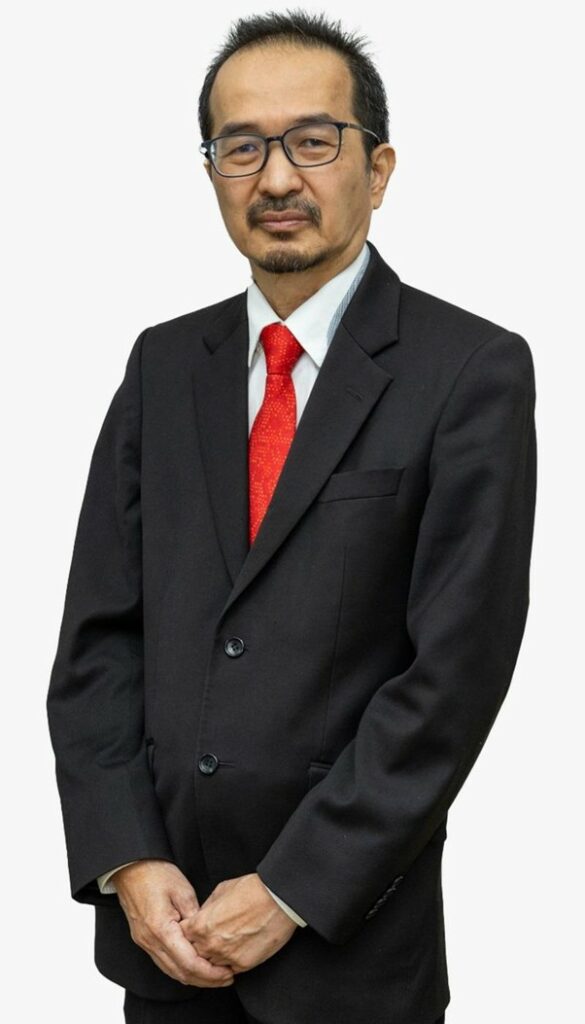
Top Management Note (July)
Monday, 14/07/2025
Share This Article :
In today’s work environment, we are facing unprecedented challenges. Rapid technological advancements, evolving organizational needs, and shifting workforce demographics call for a more strategic approach to human resource management at Universiti Malaysia Terengganu (UMT).
Five key areas must be addressed by the Registrar’s Office, and the university, in relation to human resources.
The first is the integration of Artificial Intelligence (AI) into work processes. However, many university’s support staff lack the technological skills to adapt, and a slow-changing organizational culture hinders the digital transformation process. Therefore, the Registrar’s Office will provide AI training tailored to various levels of understanding. This will reinforce the role of the Pusat Pembangunan Bakat & Inovasi (PPBI) in guiding digital transformation efforts.
The second is the increasing mismatch between employees’ skills and the actual needs of the university. This mismatch is visible among recent graduates, who often lack practical skills and real-world competencies. Also, due to rapid technological changes, many existing skills become obsolete quickly without time to adapt. In response, we are working to ensure workforce readiness by implementing regular competency assessments and collaborating with PPBI. Career development plans will be realigned to focus on future skills.
The third relates to building anti-fragile employees, who not only endure pressure but grow stronger through adversity. Conventional approaches to resilience no longer suffice. Therefore, we will introduce a more holistic employee development programme incorporating emotional intelligence training, stress management workshops, and the creation of psychologically safe work environments. Encouraging strong working relationships will also help employees thrive amid the challenges.
Another area is the shift from blue-collar jobs to new-collar jobs. Blue-collar work typically involves technical or manual labor, while new-collar roles demand high technological proficiency without necessarily requiring a degree. This shift aligns with national and ministerial emphasis on Technical and Vocational Education and Training (TVET). We must study these new-collar roles and align them with the current needs of the university. This includes designing clearer career pathways and recognizing experience-based skills, thus contributing to a more inclusive and competitive labor market.
Finally, the university must prepare for the reality of a multi-generational workforce. Increased life expectancy and higher retirement ages mean that workplaces today comprise employees of various ages, with different needs and work styles. Some senior employees may feel sidelined, while younger employees demand greater flexibility and faster career progression. We have implemented initiatives to bridge the gap, including mentoring programmes, flexible working hour options, and inclusive leadership development. In addition, employee engagement surveys, open feedback sessions, and ongoing recognition efforts are vital to ensure that all generations feel valued and heard.
The Registrar’s Office must now operate in a landscape that is complex, fast-changing, and uncertain. With a strategic, inclusive, and human-centered approach, we will turn these five challenges into strengths that will drive the long-term success of the university.
